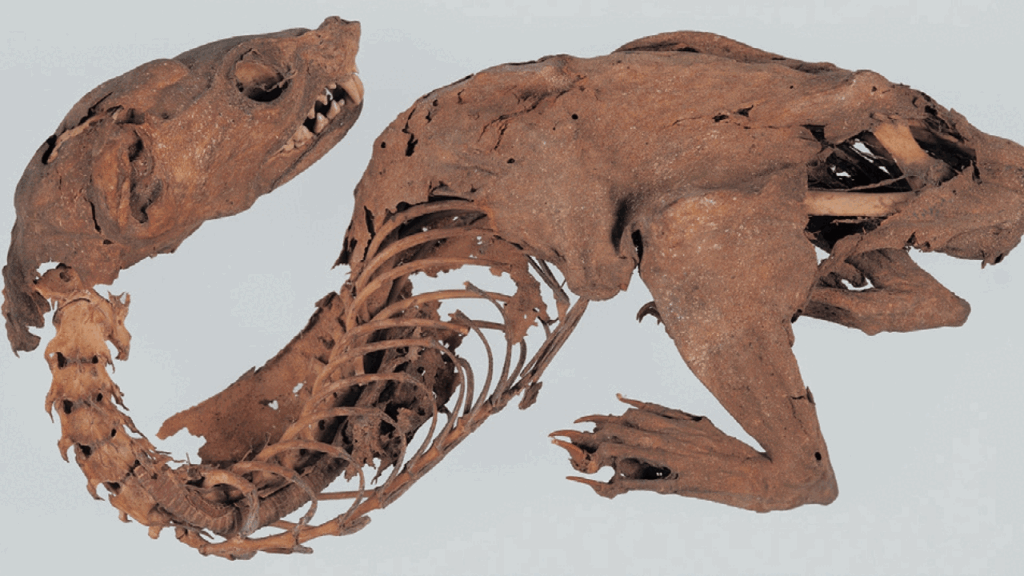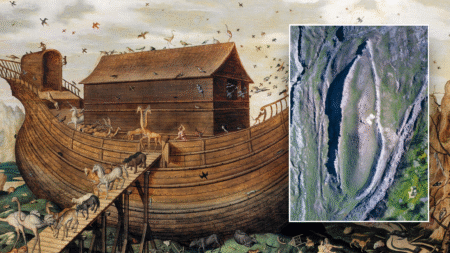Researchers believe they’ve cracked the mystery of a mummified “rainbow dragon” that’s been sitting in a Japanese treasure house for centuries.
The “dragon” has been stashed at the Shosoin Treasure House in the historic Japanese city of Nara, according to Pen News. The remains were reportedly found by Yoshinori Ashikaga, a 15th-century shogun, in 1429.
Legend states that Ashikaga cut a piece from the Ranjatai, a rare and valuable piece of agarwood, at the time of the skeleton’s discovery. The shogun was visiting the Todai-ji temple in Nara at the time.
‘DEMONIC’ MONKEY, TWEEZERS AND ANCIENT COINS UNCOVERED BY ARCHAEOLOGISTS DURING GERMAN CHURCH EXCAVATION
Shortly after, a monk at the temple claimed to have seen “something in the shape of a small dragon” that was dried by the sun. Ashikaga took the skeleton and preserved it.
But was the skeleton a dragon after all? Researchers say not quite.
A recently published study said the “dragon” was actually a female Japanese marten.
The fluffy, weasel-like animal is native to central and southern Japan.
RESEARCHERS UNCOVER THE ODD REASON AN ‘UNUSUAL’ MUMMY SURVIVED THE CENTURIES
“The two premolars are clearly visible, and this characteristic indicates that it is a species of the Martes genus,” the study states.

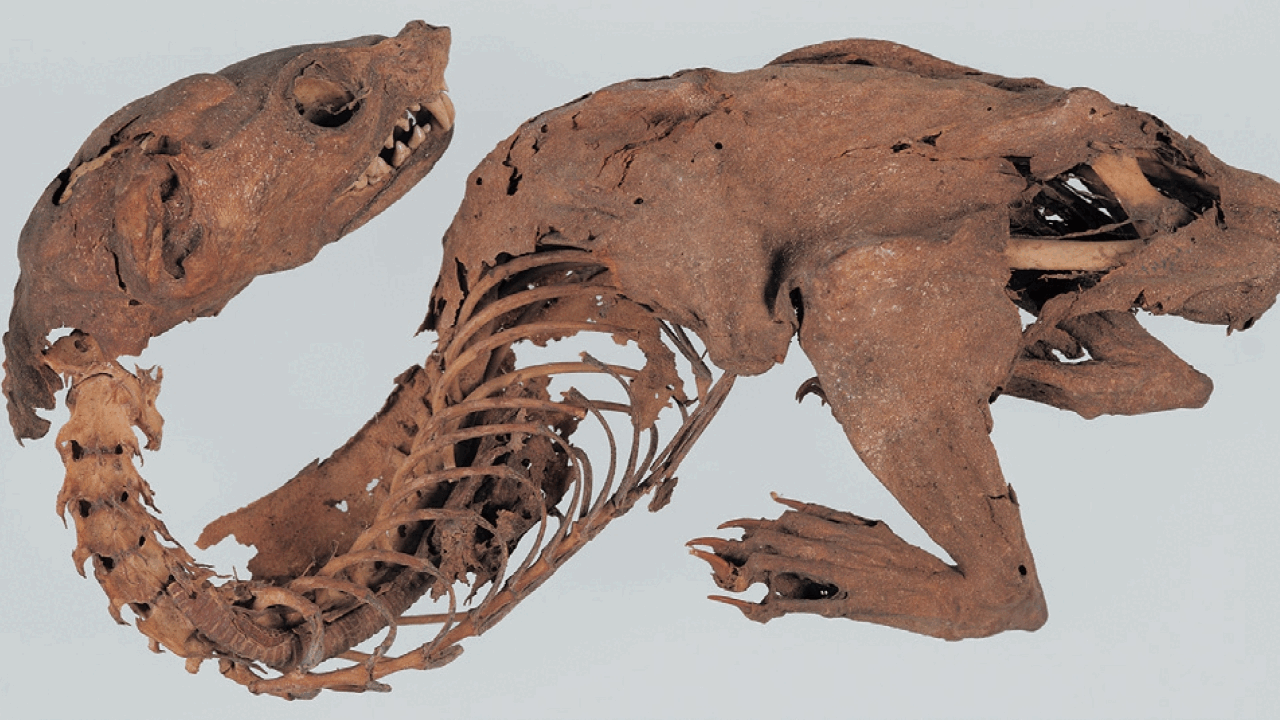
Using x-ray technology and radiocarbon dating, researchers found that the marten dated back to the 11th or 12th centuries.
For more Lifestyle articles, visit foxnews.com/lifestyle
The Todai-ji temple underwent heavy renovations at the time, according to Pen News. Experts believe the animal entered the building and was trapped before it died and was mummified.
Pictures show the marten missing its forelegs, making it resemble a dragon.
Legend states that rain would descend upon the treasure house every time the skeleton’s repository was opened – and during the study, researchers fought heavy downpours that made traveling from Tokyo to Nara difficult.
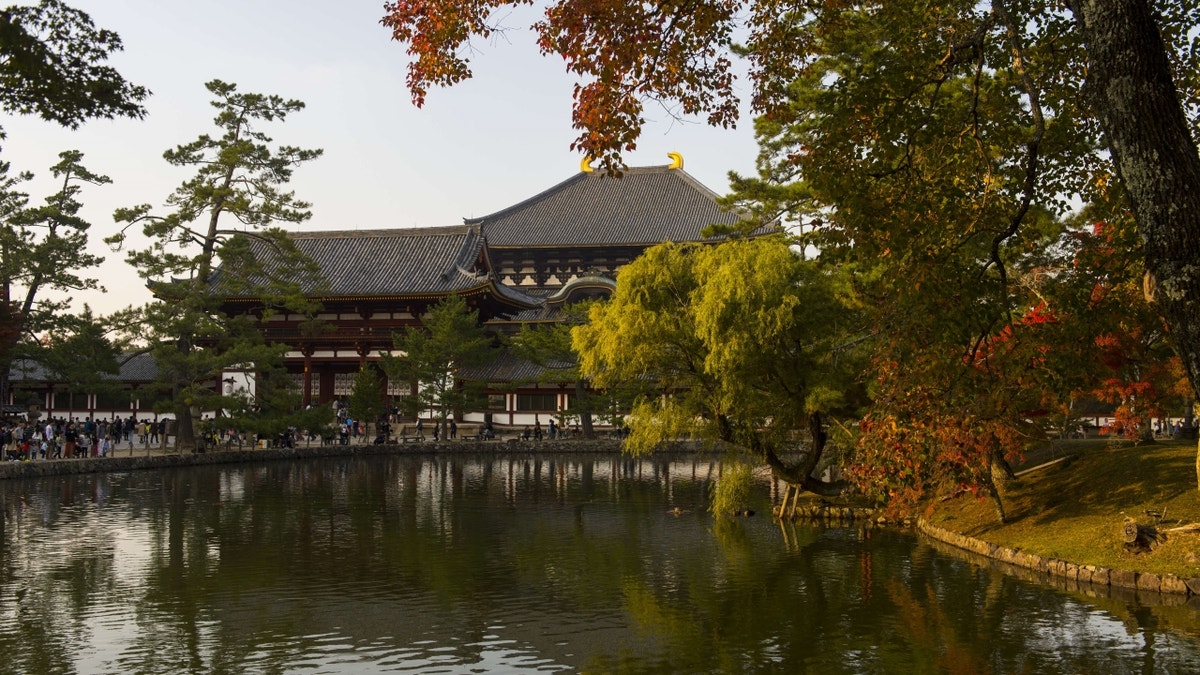
Mami Tsuru, a conservationist at the Shosoin Treasure House, told Pen News she’s certain the skeleton is the same one recorded by the Todai-ji monk.
“The age determination has significantly increased the possibility that the mummy is the sun-dried dragon-looking object recorded in the document from the Muromachi Period,” the expert said.
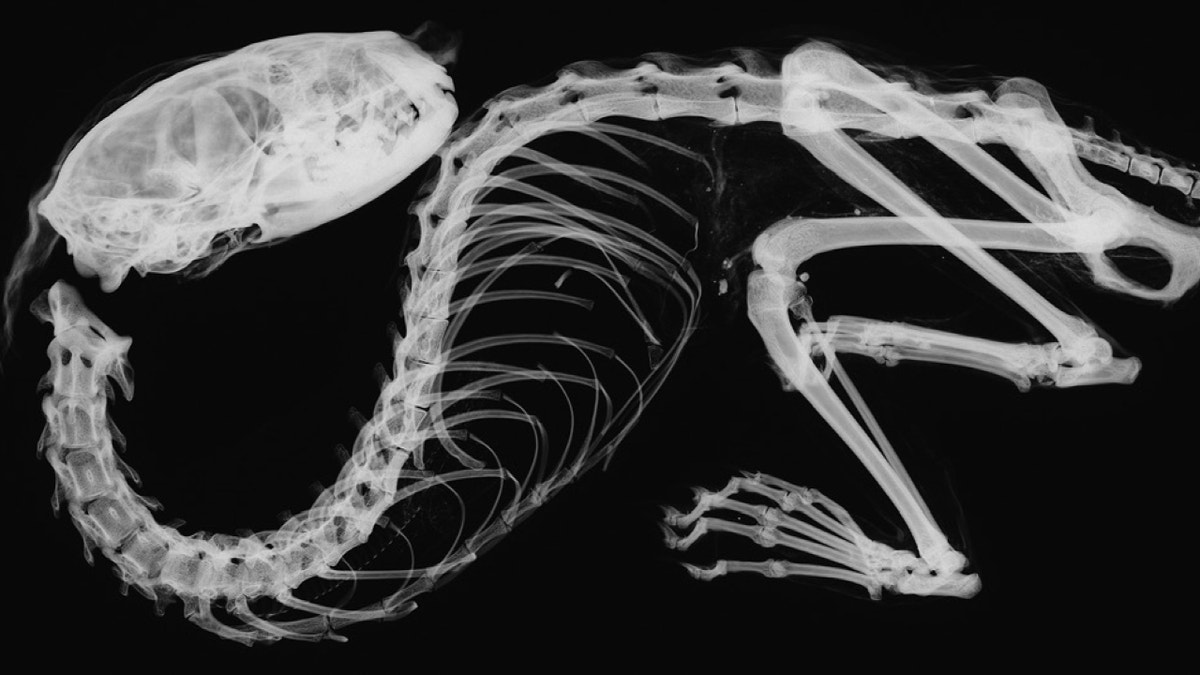
Tsuru added, “We believe this is a good example of how Shosoin has protected not only beautiful items, but also all the items inside the repository.”
Read the full article here




